Are you searching for a solution to eliminate grubs from your lawn and garden while also keeping ground moles away for good?
It’s a well-known fact that ground moles are attracted to grubs. Wherever there are grubs in the soil, you can be sure that ground moles will take up residence nearby. Unfortunately, when ground moles move in, they pose a serious threat to your lawn, flowerbeds, and garden.
Grubs can cause significant damage on their own, even without attracting ground moles. As they burrow underneath the soil to hide and feed, they loosen and uproot grass. Additionally, they feed on the roots of the grass, depriving it of essential nutrients and causing it to turn brown and wilt.
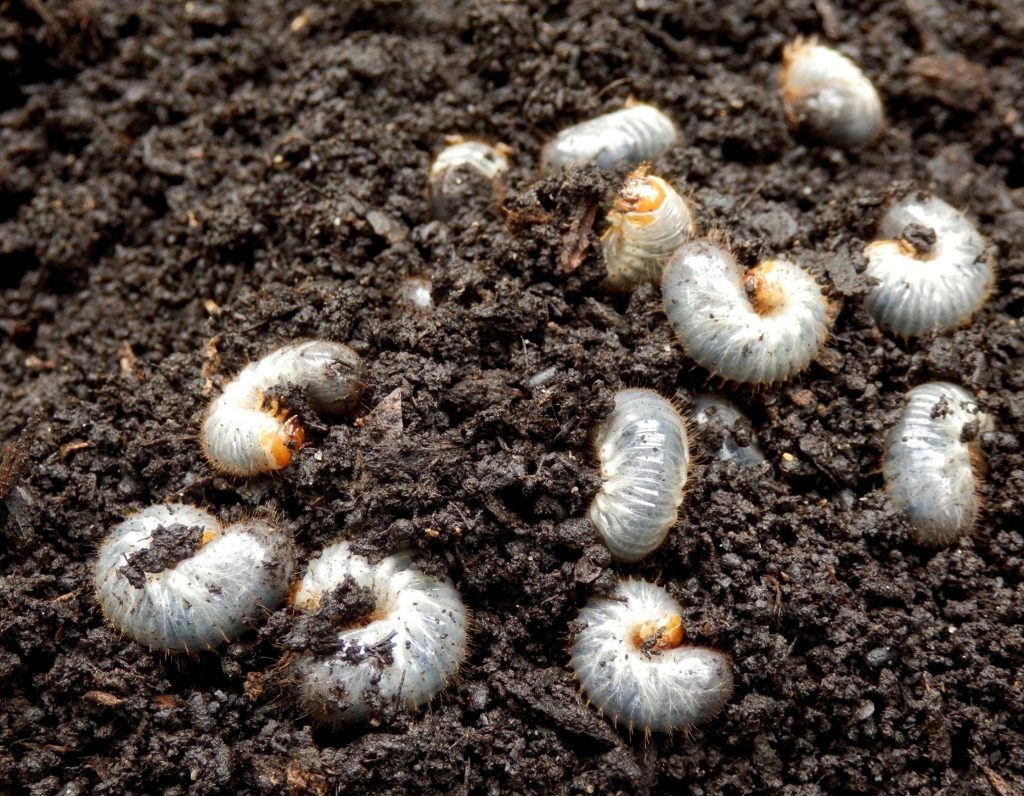
If there is a significant number of grubs present, they can even kill off large areas of your lawn. However, grubs don’t limit their damage to just grass. They also feed on the roots of vegetables and flowers, weakening them in the process.
As if that wasn’t enough, grubs eventually transform into beetles. Once they emerge from the soil, they continue to feed on and destroy plants as adults. They can cause damage to everything from vegetable and flower plants to bushes, shrubs, and trees.
Attracting Moles To Your Yard – How To Get Rid Of Grubs
One of the worst things about grubs is that they attract moles. Grubs are a staple in a ground mole’s diet. Wherever grubs thrive, ground moles will happily coexist for an easy meal.
While moles may reduce the population of grubs as natural predators, their burrowing through your lawn, garden, and flowerbeds can cause significant damage. Mole tunnels not only leave unsightly marks above ground, but they can also disturb and kill the roots of grass, plants, and small shrubs.
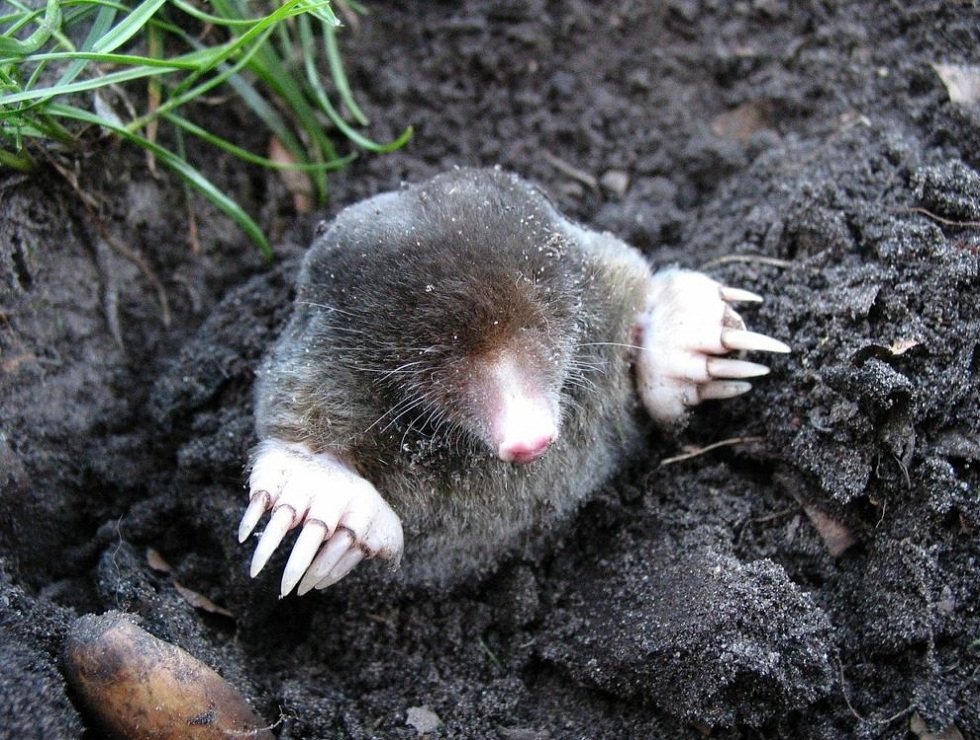
For all these reasons and more, it is crucial to eliminate grubs to protect your lawn and plants and keep ground moles away. If there is no food source for the moles, they will simply move on to other areas.
With that in mind, let’s take a closer look at what grubs are, how they live, and how you can eliminate them from your landscape using simple and natural methods.
How To Get Rid Of Grubs For Good!
What are Grubs?
The larval stage of beetles is known as grubs, regardless of the beetle species. When threatened or touched, grubs form a distinctive “C” shape. During the winter, grubs hibernate, and in the warmer months, they wreak havoc by feasting on the roots of grass and plants.
Grubs tend to hide beneath the upper soil surface, making them difficult to detect. However, if you notice large patches of brown grass or mole tunnels throughout your lawn, garden, or flowerbeds, it’s a clear sign of a grub infestation.
Grubs typically reside 2-4 inches deep in the soil. If you dig up the soil to a depth of four inches and instantly find 8 to 10 grubs, it indicates a serious grub problem. Most healthy lawns and gardens can tolerate less than ten grubs per square foot.
As mentioned earlier, grubs eventually mature into beetles. Once they reach maturity, they emerge from the soil and fly around in search of suitable locations to lay their eggs, starting the cycle all over again.
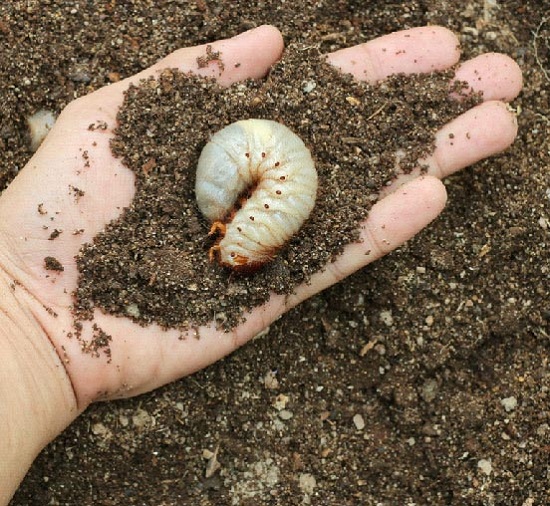
The good news is that by eliminating grubs in their larval stage, you not only keep moles out of your yard but also prevent beetles from damaging your plants and laying more eggs in the future!
Fortunately, there are several effective ways to get rid of grubs without resorting to harmful chemicals. Here are some simple yet highly effective all-natural methods:
How To Get Rid of Grubs – Naturally
Neem Oil
A homemade neem oil spray can quickly eliminate grubs. Neem oil is a natural oil derived from the seeds of the neem tree. It possesses insecticidal and antibacterial properties, making it a valuable tool in your arsenal!
To kill grubs with neem oil, mix two tablespoons of neem oil with two teaspoons of liquid soap and one gallon of water. Thoroughly mix the solution and use a sprayer to coat your lawn. It may require multiple applications, but it is highly effective in reducing grub populations.
For the safety of important pollinators like bees and butterflies, it is best to spray neem oil in the early morning or evening. Once dry, it poses no harm to them.
Dish Soap & Water – How To Get Rid of Grubs – Naturally
If you have a mild grub problem, a simple mixture of dish soap and water can effectively control the population.
To make the solution, mix one tablespoon of dish soap with one quart of water. Use a sprayer to apply the mixture to your lawn, garden, or flowerbed soil surface. Repeat this process every few days for seven to ten days, and you will see a significant reduction in the number of grubs.
Milky Spore – How To Get Rid of Grubs – Naturally
Milky spore bacteria is another natural method to control beetle grubs, particularly Japanese beetle grubs. This natural bacteria has no side effects on your lawn or garden plants and provides long-lasting protection against grubs.
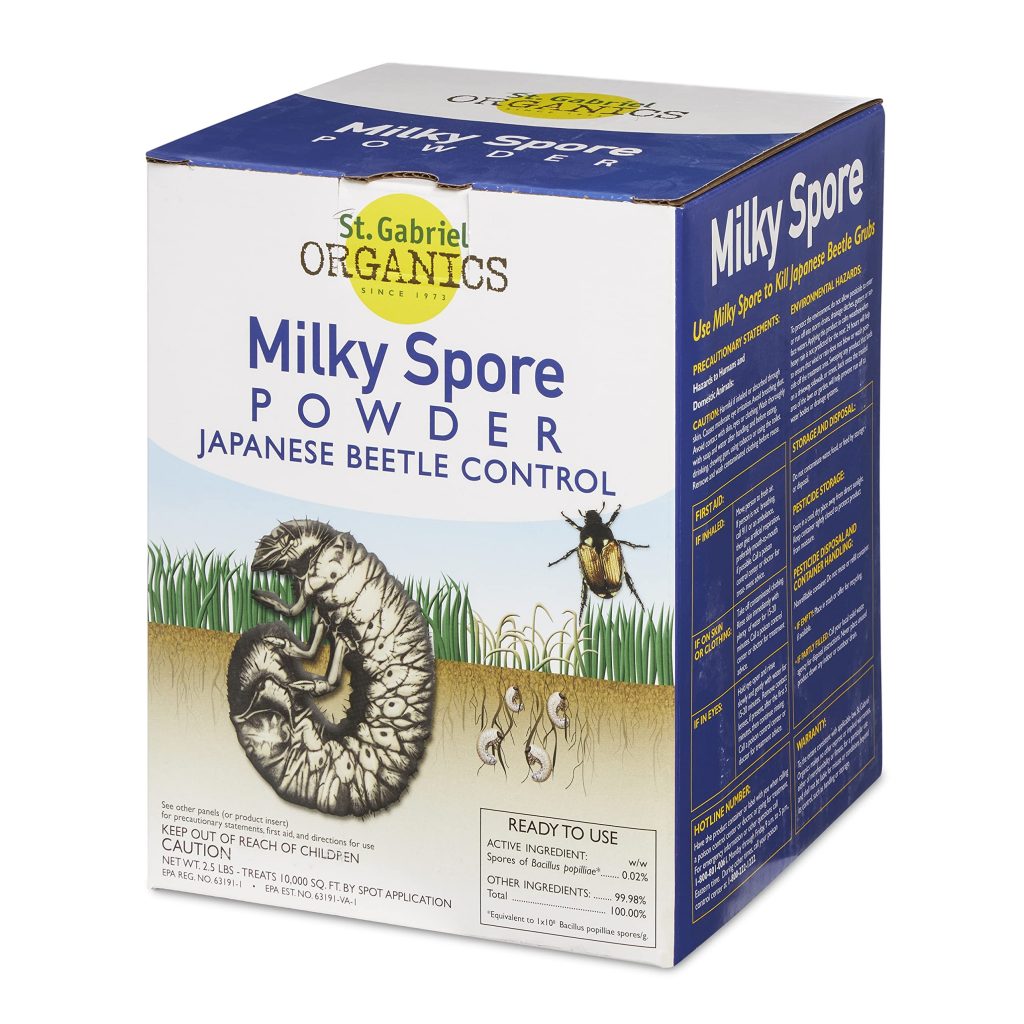
Apply milky spore as a spray once in late spring and again during the summer. If you repeat this process for two consecutive years, it can keep grubs away for ten years or more. The effectiveness of milky spore depends on the soil temperature (ideally 60°F to 70°F) and the concentration of bacteria.
Diatomaceous Earth – How To Get Rid of Grubs – Naturally
Diatomaceous earth is effective against not only grubs but also other garden worms. It dehydrates grubs by cutting through their outer coating. Simply dust it in and around your garden or apply it to your lawn to kill the grubs.
However, keep in mind that diatomaceous earth can also harm beneficial insects. One or two applications are usually sufficient to reduce the grub population.
How To Keep Grubs From Coming Back – How To Get Rid Of Grubs For Good
In addition to treating your lawn and gardens for grubs, you can take preventive measures to keep them away. Avoiding certain practices can create an environment that is unfavorable for grubs. Two key factors to consider are overwatering your lawn and using commercial, non-organic fertilizers.
Use Organic Fertilizers – How To Get Rid of Grubs
Synthetic or chemical-based fertilizers can kill beneficial nematodes. In contrast, organic fertilizers can nourish lawns and gardens without harming beneficial insects and worms.
Nematodes are natural predators of grubs, and their presence in the soil helps control the grub population. Using organic fertilizers offers numerous advantages, and eliminating grubs is just one of them!
Control Moisture – How To Get Rid of Grubs
Grubs thrive in moisture-rich soil. Excessive watering of lawns, flowerbeds, and garden areas creates a favorable environment for grubs. Water only when necessary and avoid watering large areas. Instead, water plants directly at their root zones.
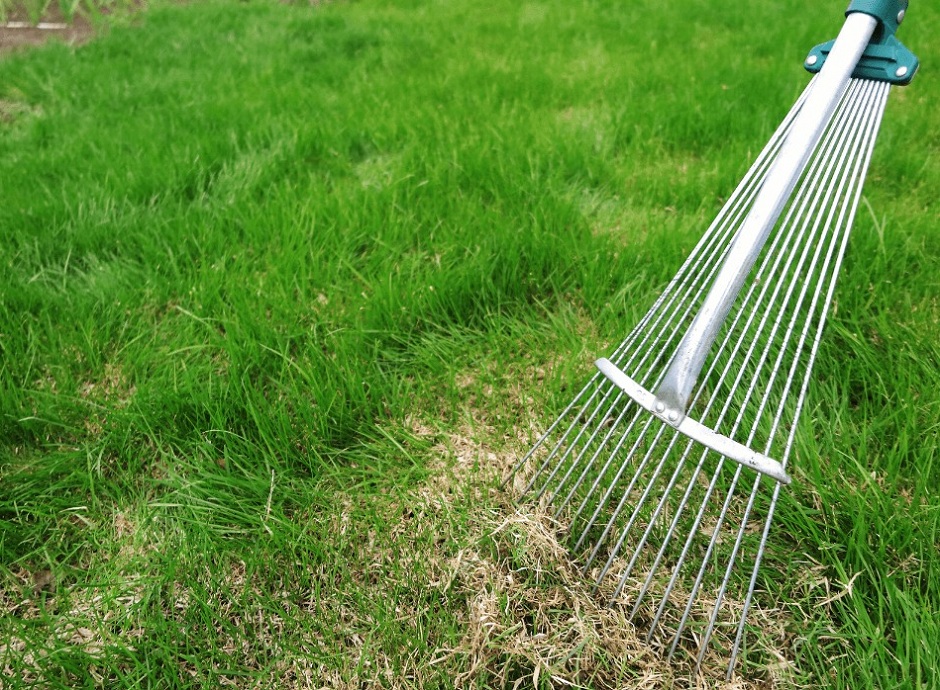
De-Thatch & Aerate Soil Regularly – How To Get Rid of Grubs For Good
Regular de-thatching involves removing the thatch layer from the soil, depriving grubs of protective shelter. Once the thatch is removed, grubs are exposed to the external environment and sunlight. The resulting heat and improved aeration will drive them away.
By following these methods, you can eliminate grubs from your lawn and garden spaces while also keeping beetles and ground moles at bay!

